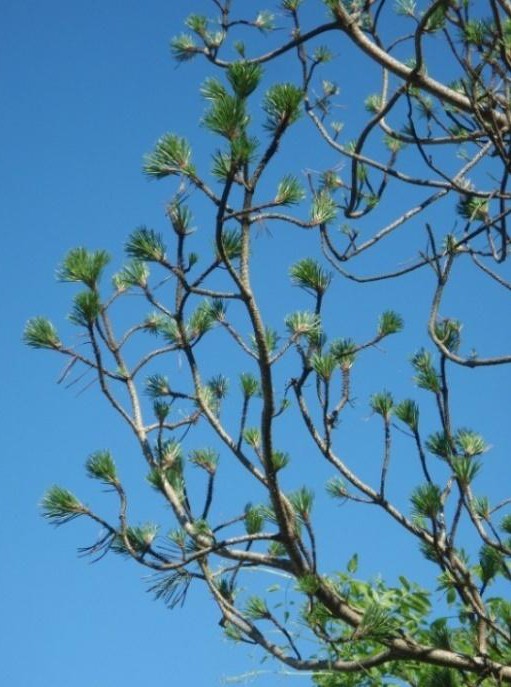End trade in detrimental ornamentals to save forests
By Eckehard Brockerhoff, IUFRO Deputy Coordinator of Division 7
(SCION, New Zealand)
 In a provocative attempt to save the world’s forests, a group of 70-plus scientists from 17 countries are asking trade policy makers around the globe to phase out such international trade in high-risk plants that put forest health at high risk while offering limited economic benefit.
In a provocative attempt to save the world’s forests, a group of 70-plus scientists from 17 countries are asking trade policy makers around the globe to phase out such international trade in high-risk plants that put forest health at high risk while offering limited economic benefit.
If the scientists’ proposal is implemented, it would mean an end to all international trade in containerized ornamental plant seedlings and trees intended as plants for instant landscape planting.
This particular trade segment, the scientists say, is of little benefit in terms of countries’ overall economies but provides easy pathways for dispersal of tree pests and diseases. The scientists also suggest that international trade in other plant materials such as wood packaging and wood chips should be more strictly regulated and scrutinized.
A driving force behind the proposal is an unprecedented rise in the number of alien diseases and pests emerging in natural and planted forests worldwide.
In a supplement to their declaration they have included many examples of pests and diseases introduced through international trade that have caused, or are causing, immense economic and environmental damage in countries where they have been newly introduced.
 Among the examples are: the pinewood nematode in Europe and North America; the emerald ash borer in North America and Russia; and the Sycamore-killing Ceratocystis plantani fungus in Mediterranean countries.
Among the examples are: the pinewood nematode in Europe and North America; the emerald ash borer in North America and Russia; and the Sycamore-killing Ceratocystis plantani fungus in Mediterranean countries.
While the proposal by the scientists may seem a Draconian solution, and one that flies in the face of prevailing ideas of global free trade, there is unanimity among the community of forest pathologists about the devastating consequences of international and long-distance trade in live plants and some other plant materials.
These concerned scientists point out that current protocols used to regulate pest and disease dispersal have been largely ineffective and the only efficient way to reduce these risks is to reduce, and eventually end, this particular trade.
The forest scientists developed their proposal following a IUFRO meeting in Spain earlier this year. It is articulated in a document they entitled the Montesclaros Declaration.
The complete Montesclaros Declaration can be found at: http://www.iufro.org/science/divisions/division-7/70000/publications/montesclaros-declaration/.
Individuals who wish to express their endorsement can send an email to noliveplants(at)gmail.com with contact information (address, etc).
———————————————————–
Media Contact
Eckehard Brockerhoff: +64-3-364 2949 or eckehard.brockerhoff(at)forestresearch.co.nz
Gerda Wolfrum: +43 1 877 0151 17 or wolfrum(at)iufro.org
———————————————————–
Related Links
The Montesclaros Declaration: http://www.iufro.org/science/divisions/division-7/70000/publications/montesclaros-declaration/
IUFRO Working Party 7.02.02 – Foliage, shoot and stem diseases: http://www.iufro.org/science/divisions/division-7/70000/70200/70202/
IUFRO Division 7 – Forest Health: http://www.iufro.org/science/divisions/division-7/70000/
Endorsement of Montesclaros Declaration: noliveplants(at)gmail.com
———————————————————–
Photo Credits
Photo 1: Mycosphaerella dearnessii on Pinus uncinata: Solitary tree with severe infestation in the lower part of the crown in Lower Austria, June 2010. Photo by Marion Kessler
Photo 2: Platanus X acerifolia (London plane) killed by Ceratocystis platani. Photo by Paolo Capretti

Leave a Reply